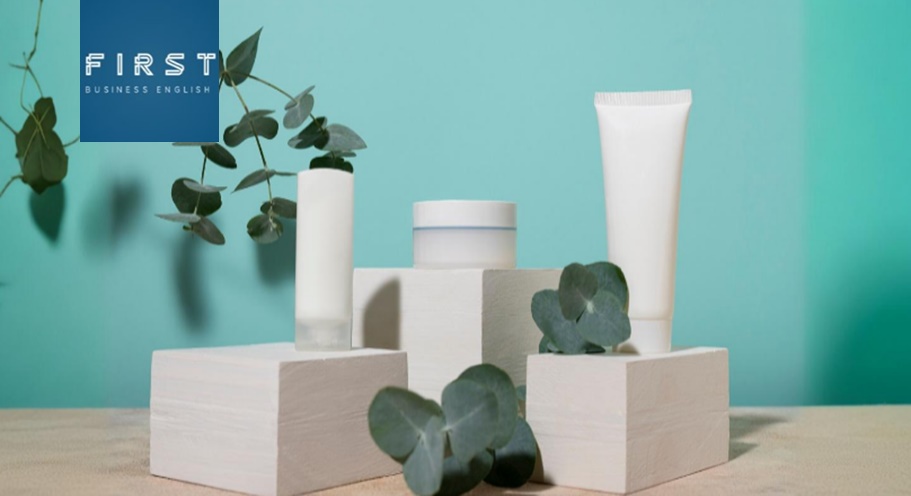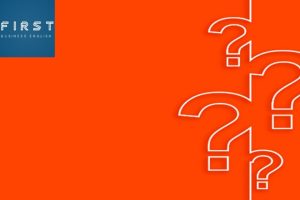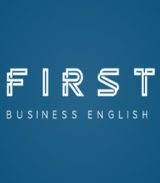
Product Definition And Prototypes
- Posted by Ryan Anthony
- Categories B1-B2 Lesson Blog, Blog
- Date April 8, 2025
First Business English know that in business, developing a new product begins with two important steps: product definition and prototyping. These stages are critical for turning an idea into something real that can be tested, improved, and eventually launched to market. In this First Business English article we look at product definition and determining what a prototype is along with an example paragraph to help you get started talking about defining and developing products within your own organization.
🔍 What is Product Definition?
Product definition is the process of clearly describing what a new product is, who it is for, and what problem it solves. Businesses use this stage to align their teams and avoid misunderstandings later.
Key vocabulary:
-
Target Market – the group of customers the product is designed for
-
Value Proposition – the benefit the product offers to users
-
Features And Benefits – what the product does and how it helps
-
User Needs – what customers want or expect from the product
Example phrases:
-
“We need to clearly define the product before we move forward.”
-
“The value proposition must appeal to our target customers.”
-
“Our design should meet specific user needs.”
What is a Prototype?
A prototype is a basic model or sample of a product. It helps businesses test ideas, gather feedback, and make improvements before mass production begins. Prototypes can be physical (like a plastic model) or digital (like an app mock-up).
Key vocabulary:
-
Proof Of Concept – evidence that an idea works
-
Usability Testing – checking how easy it is for users to interact with the product
-
Design Iteration – making repeated changes based on feedback
-
Functionality – what the product can do
Example phrases:
-
“Let’s build a prototype to demonstrate the concept.”
-
“We’ll use customer feedback to improve the next iteration.”
-
“The prototype highlights both strengths and weaknesses.”
Example Paragraph
Our startup is developing a smart water bottle that reminds users to stay hydrated. We began by defining the product: it is designed for office workers, has Bluetooth connectivity, and includes a mobile app. Our value proposition is simple — improve daily health through regular hydration. After defining the key features, we created a basic prototype using 3D printing. During testing, we discovered the cap was difficult to open, and the app needed better notifications. Thanks to this feedback, we revised the design. The second version of the prototype showed major improvements and helped us gain investor interest. Defining the product clearly and testing a prototype early saved us both time and money.
Conclusion
Understanding product definition and prototyping is essential in the product development process. A well-defined product helps teams stay focused, while a prototype allows businesses to test ideas before full-scale production. Using common business vocabulary and clear phrases makes it easier to communicate ideas during meetings, presentations, and development discussions. To learn more or to practice your business English language skills simply book a lesson with us at First Business English.
About First Business English
First Business English is a premium business English language online education center that provides individuals and groups the opportunity to learn Business English that enhances their careers and lives through a structured Business English curriculum. Contact Us
Ryan Anthony is an enthusiastic, self-motivated, reliable Online Business English language tutor who is learner focused and highly adaptable. Bachelor of Business Studies Degree educated with extensive IT Support, Call Centre Management, Retail Management and English Language Teaching experience.
You may also like

The Pros And Cons Of Freelancing As A Career

The Effect Of Prices And The Cost Of Living

